To the east of the Cape Town’s city centre, between foreshore and Table Mountain, lies a run-down and forlorn part of Zonnenbloem area- District Six.
In the 1840s, the suburb in Cape Town known as District Six, formerly an area zoned as District 12, formed part of several wine farms.
Belonging to mainly Dutch people, later subdivided into smaller areas, due in part to its proximity to the port, the markets and the castle, expanded rapidly and became a home to people from different backgrounds and nationalities.
In 1867 District 12 had been re-zoned and renamed District Six, Coloured people and freed slaves lived next-door to English and Dutch citizens, while Irish immigrants, rubbed shoulders with Malay Muslims Indians and Jews, a mass of diverse peoples living in less than ideal conditions.
This vast mixed community of freed slaves (released in 1838), immigrants from around the world, free labourers, merchants musicians and artists, needed shelter in Cape Town. They wanted to live close to the city, harbour and factories where they worked.
Meshed together in small alleyways, structures with small flats, housing as many as sixteen people, without sewage systems, begun to spring up like mushrooms after the rain.
District Six renowned for its eclectic population was one of the inner city's most colourful areas, a vigorous and vibrant centre a true melting-pot of cultures. Also known as Kanaladorp (kanala means "help one another" in Malay language).
Lack of sanitation and poverty took its toll on the inhabitants and resulted in an outbreak of a smallpox epidemic in 1882. In 1901, under the false excuse of health legislation, hundreds of Black residents were forcibly moved to N'dabeni. This was the first attempt at "cleaning up the area". Due to its alleged link to the outbreak of the Bubonic plague the area was razed to the ground.
The houses were rebuilt, however, District Six slid into poverty as the residents who could afford to move moved to the garden suburbs.
Living conditions in the 20th century were no better than they had been in the 19th century. The streets were always busy and a population of roughly 60,000 lived there.
The area had a cosmopolitan character, It was crowded with a multiracial blend, the dynamic and diverse population of ex-slaves, African, Eastern European immigrants, Malay, Indian, activists, musicians and artists. Many of them lived decent, respectable lives, keeping their families together.
There was a great spirit of togetherness, poverty and the shared experiences of day-to-day struggle brought people together in many ways.
However, a high unemployment rate, overpopulation and poverty, led to theft, prostitution and murder.
In the 1930’s, the plan of urbanisation for District Six came to pass. The municipality’s plan of reconstructing involved "the idea" of smashing District Six.
South Africa gained independence from Great Britain in 1934 and the process of removals and marginalisation had begun. The South African government increased their segregation of whites and black Africans.
In 1948 the Nationalist Party won the elections. Strongly focused on the role of history in Afrikaner identity, portraying the other races as inferior and canonizing Voortrekker history and Afrikaans - apartheid became official government ideology. A chain of apartheid laws began to pressurize the survival of multi-cultural communities, among them the District Six.
ʺApartheidʺ comes from the Afrikaans language meaning ʺapartnessʺ. The 1948 National Party victory formalized the term as a legislative practice. This meant separate development for all race groups and the restriction of living areas for blacks and whites. Rural reservations called bantustans, reserves and more commonly homelands were designated areas for black Africans. Prime Minister of South Africa Hendrik Verwoed from 1958 until his assassination in 1966 was known as the ʺArchitect of Apartheidʺ.Streets, skollies and Coons in District Six
During the apartheid regime of the 1960s media defined the area a dirty, infested place full of gangs and brothels, a health hazard, slum place.
On February the 11th 1966, PW Botha announced District Six a "white area". The segregating Group Areas Act saw all the non-white residents of District Six evicted and relocated further outside the city to the Cape Flats. Shock, outrage and protests followed, but to no avail. Africans were removed to Guguletu, Langa, or Khayelitsha, Coloured people to Mitchells Plain, Hanover Park or Bonteheuwel. Everybody was separated from friends and family.
The first demolitions began in 1968, and over a period of 15 years, non-white residents of the area were forcibly moved, District was bulldozed house by house, and the only buildings left standing were places of worship such as Al‐Azhar Mosque.
Despite the government’s efforts to commercialise it and fill the region with white residents, it remained a deserted piece of land.
Few white people wanted to live in the area in the first place.
Because of all the negative publicity and the resistance from former inhabitants, investors were reluctant and the area has remained largely vacant. These efforts to separate people of different races were unnecessary and unfounded.
The first development project constructed in 1979 on the land now renamed Zonnebloem was "white" technical university the Cape Technikon, this was also the final stamp by the apartheid government. That same year community group "Friends of District Six" was established. Shared identification, provided people with a means to cope with a new reality.
By the efforts of the "Hands off District Six (HODS)" committee, formed in 1987, two years later the District Six Museum Foundation was established and eventually in 1994 the museum opened with its first exhibition.
Located in a hall on the Zonnebloem Estate, District Six Museum, displays first-hand reports from the original inhabitants. Tells the stories of the harsh forced removals. It preserves, recreates and heals the memories of the ex-residents and their families.
Through a land development plan, original inhabitants could claim back their land.
By 2004, work had started on the first new buildings and president Nelson Mandela handed the keys to the first returning residents. Unfortunately, after three years the District Six Working Committee halt the negotiations with the Cape Town Municipality and the bureaucracy makes the process very slow. In the last 24 years over 100 new housing units have been built.
In more recent years, District Six has become a somewhat iconic and trendy urban area, however, empty patches of land deter, in parts of the landscape that used to be District Six, a hollow residue of a displaced community at the heart of the beautiful city of Cape Town.
References
Photos: @highonthehog
Images: sources linked below
• Beyers Christiaan, The Cultural Politics of "Community" and Citizenship in the District Six Museum, Cape Town, Anthropologica Vol. 50, No. 2 Canadian Anthropology Society, 2008
• Jonas Ursin, Holm Lea, Streets, Skollies and Coons in District Six, Dissertation for the Cand.polit degree University of Oslo, Department of Social Anthropology, 2007
• Davenport, Saunders, South Africa. A modern history, MacMillan Press Limited, 2000
• Rive, R., Buckingham Palace. District Six Cape Town: David Philip, 1996
• Coombes, Annie E., History after Apartheid: Visual Culture and Public Memory in a Democratic South Africa, Duke University Press, Nov 3, 2003

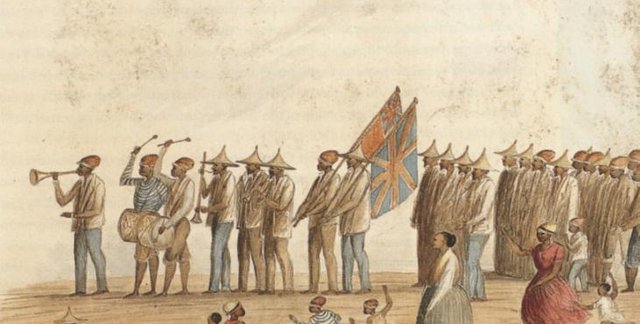
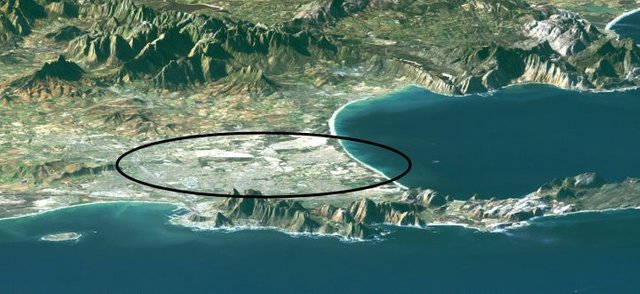
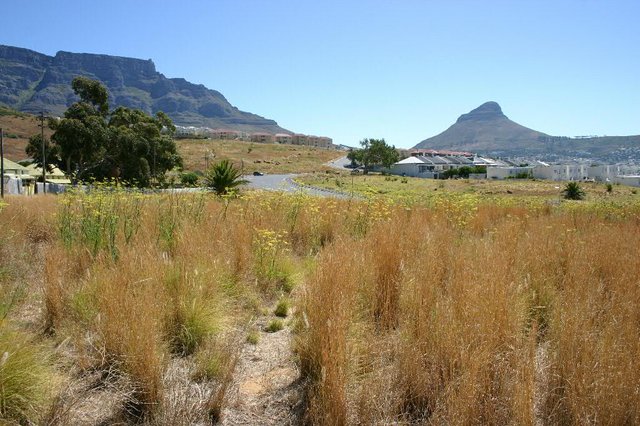
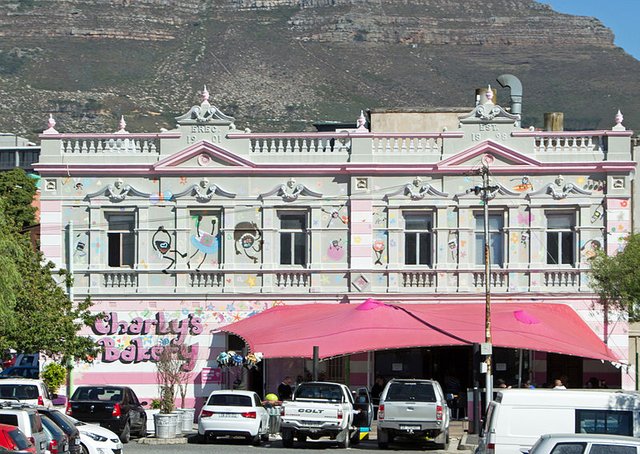
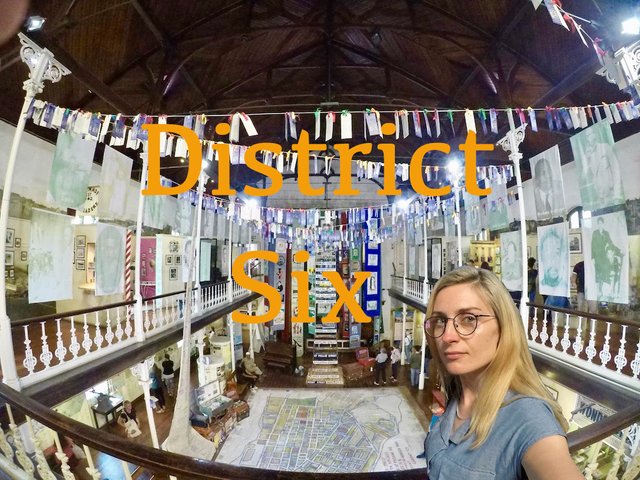
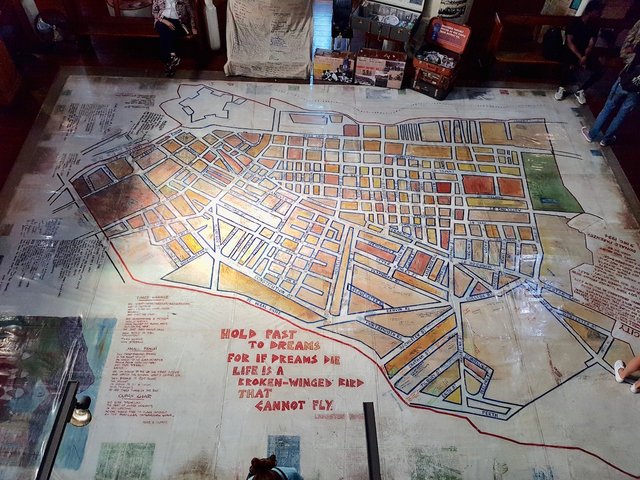
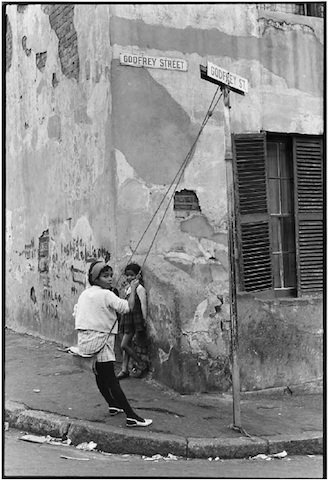

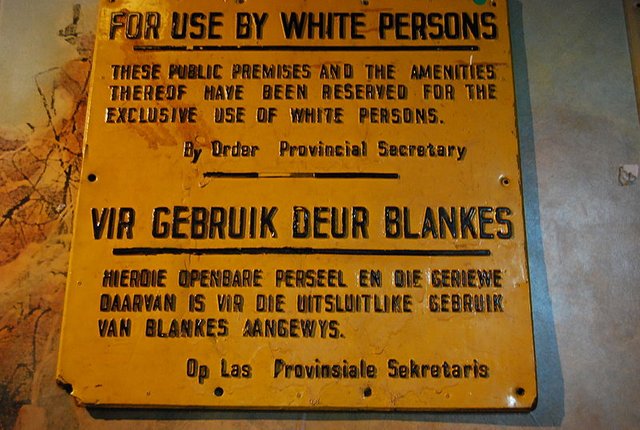
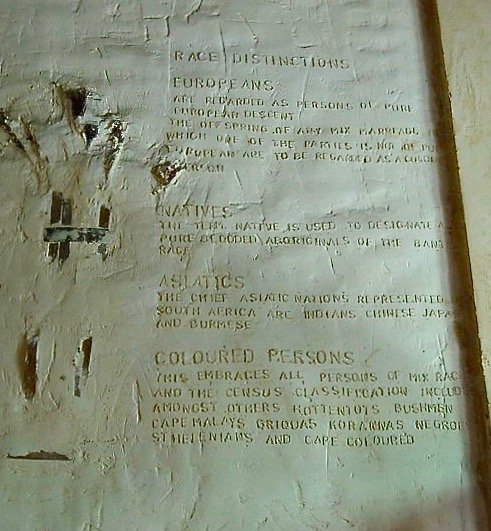

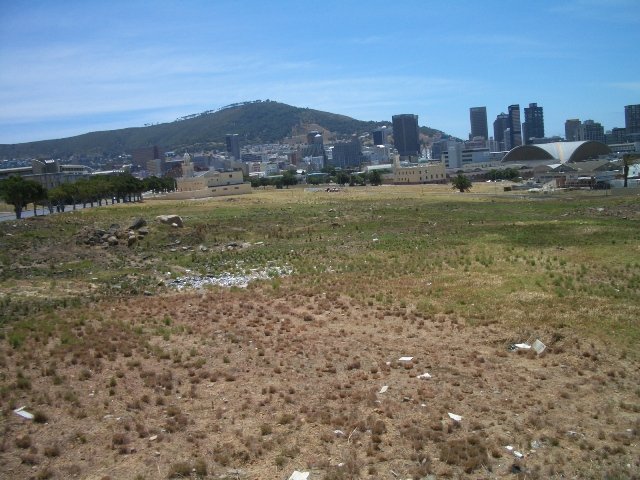

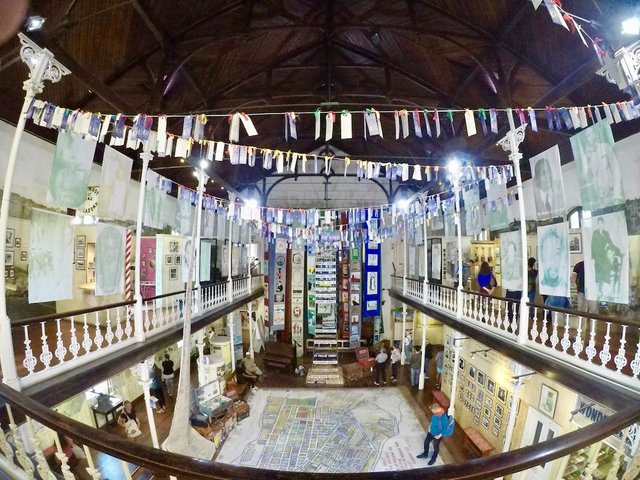
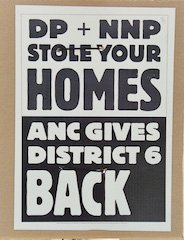
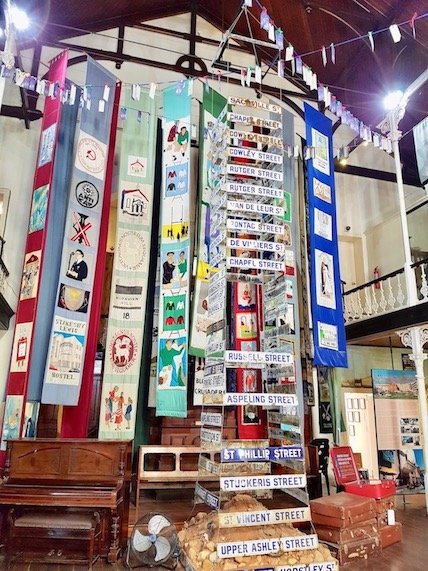
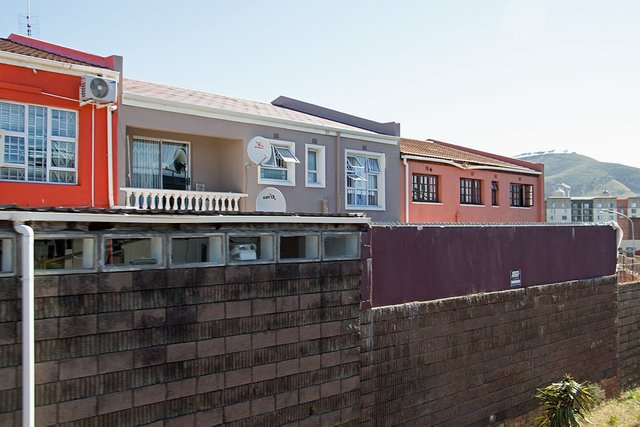
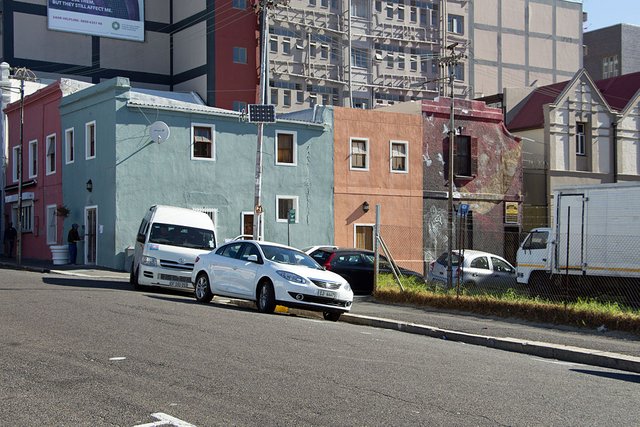
"Racism is the lowest, most crudely primitive form of collectivism. It is the notion of ascribing moral, social or political significance to a man’s genetic lineage — the notion that a man’s intellectual and characterological traits are produced and transmitted by his internal body chemistry. Which means, in practice, that a man is to be judged, not by his own character and actions, but by the characters and actions of a collective of ancestors.
Racism claims that the content of a man’s mind (not his cognitive apparatus, but its content) is inherited; that a man’s convictions, values and character are determined before he is born, by physical factors beyond his control. This is the caveman’s version of the doctrine of innate ideas — or of inherited knowledge — which has been thoroughly refuted by philosophy and science. Racism is a doctrine of, by and for brutes. It is a barnyard or stock-farm version of collectivism, appropriate to a mentality that differentiates between various breeds of animals, but not between animals and men.
Like every form of determinism, racism invalidates the specific attribute which distinguishes man from all other living species: his rational faculty. Racism negates two aspects of man’s life: reason and choice, or mind and morality, replacing them with chemical predestination."
Ayn Rand, The Virtue of Selfishness, 126
DISCLAIMER: dropahead Curation Team does not necessarily share opinions expressed in this article, but find author's effort and/or contribution deserves better reward and visibility.
to maximize your curation rewards!
with SteemConnect
12.5SP, 25SP, 50SP, 100SP, 250SP, 500SP, 1000SP
Do the above and we'll have more STEEM POWER to give YOU bigger rewards next time!
News from dropahead: How to give back to the dropahead Project in 15 seconds or less
Quality review by the dropahead Curation Team
According to our quality standards(1), your publication has reached an score of 88%.
Well said Gabriel García Marquez: "You learn to write by writing" Keep trying, you will soon achieve excellence!
(1) dropahead Witness' quality standards:
- Graphic relation to the text (Choice of images according to the text)
- Order and coherence
- Style and uniqueness (Personal touch, logic, complexity, what makes it interesting and easy to understand for the reader)
- Images source and their usage license
Thank you ! All the best.
This post has been voted on by the steemstem curation team and voting trail.
There is more to SteemSTEM than just writing posts, check here for some more tips on being a community member. You can also join our discord here to get to know the rest of the community!
Thank you !
WARNING! The comment below by @erudire leads to a known phishing site that could steal your account.
Do not open links from users you do not trust. Do not provide your private keys to any third party websites.
Great story! Thank you!
Thanks for reading, cheers!
Goodness, this was a piece of dark history. I hope things get better down in South Africa.
The effects of racist policies can last for generations.
indeed, some things did get better some are still the same, Of course, the apartheid is long gone but, there is still poverty and unemployment. The people from former District Six have 'faith' that the new president is going to be a better guy for the job than the infamous Jacob Z. Lets see ...
You received a 10.0% upvote since you are not yet a member of geopolis and wrote in the category of "history".
To read more about us and what we do, click here.
https://steemit.com/geopolis/@geopolis/geopolis-the-community-for-global-sciences-update-4
Thanks !
Thanks for sharing such history of discrimination and racism occured in South Africa
Thanks for dropping by , I miss your posts about Italy.
Free Upvotes

ENJOY !
http://toolsfree.info/votes/